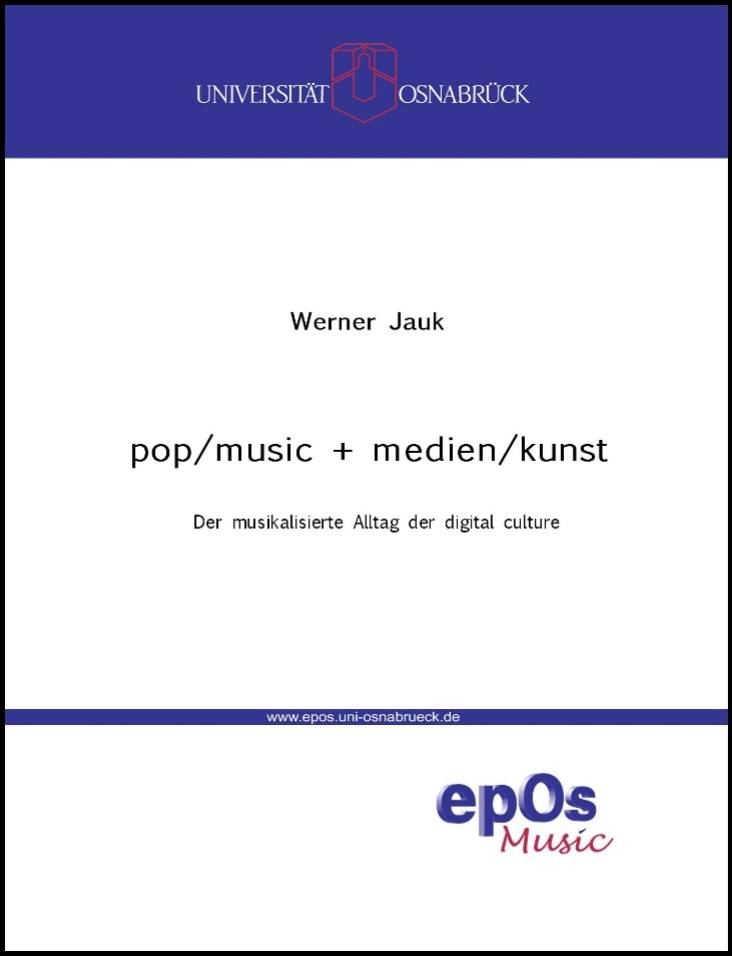
In general, digital culture is understood as visual culture and lived as everyday culture. Media art, on the other hand, is practiced as the avant-garde of the visual arts, bringing everyday life into the context of art. Digital everyday culture, media art, and music usually do not touch each other... This book shows a changed view of digital culture: the logic of the auditory as the appropriate form of observation - dynamization and coding characterize both. Just as music is hedonically determined, digital culture is less a culture of signs than a culture of stimulants. Thus, the great avant-gardes of the 20th century - the overcoming of the rationality of seeing and the claim of "art life" - become common everyday practice. Digital culture and its avant-garde, media art, are integrated into a pop-cultural way of life. By considering music as a mediatization phenomenon of communicative phonetic expression, a theory is developed that transcends the traditional boundaries of musicology and turns musicology into media studies.